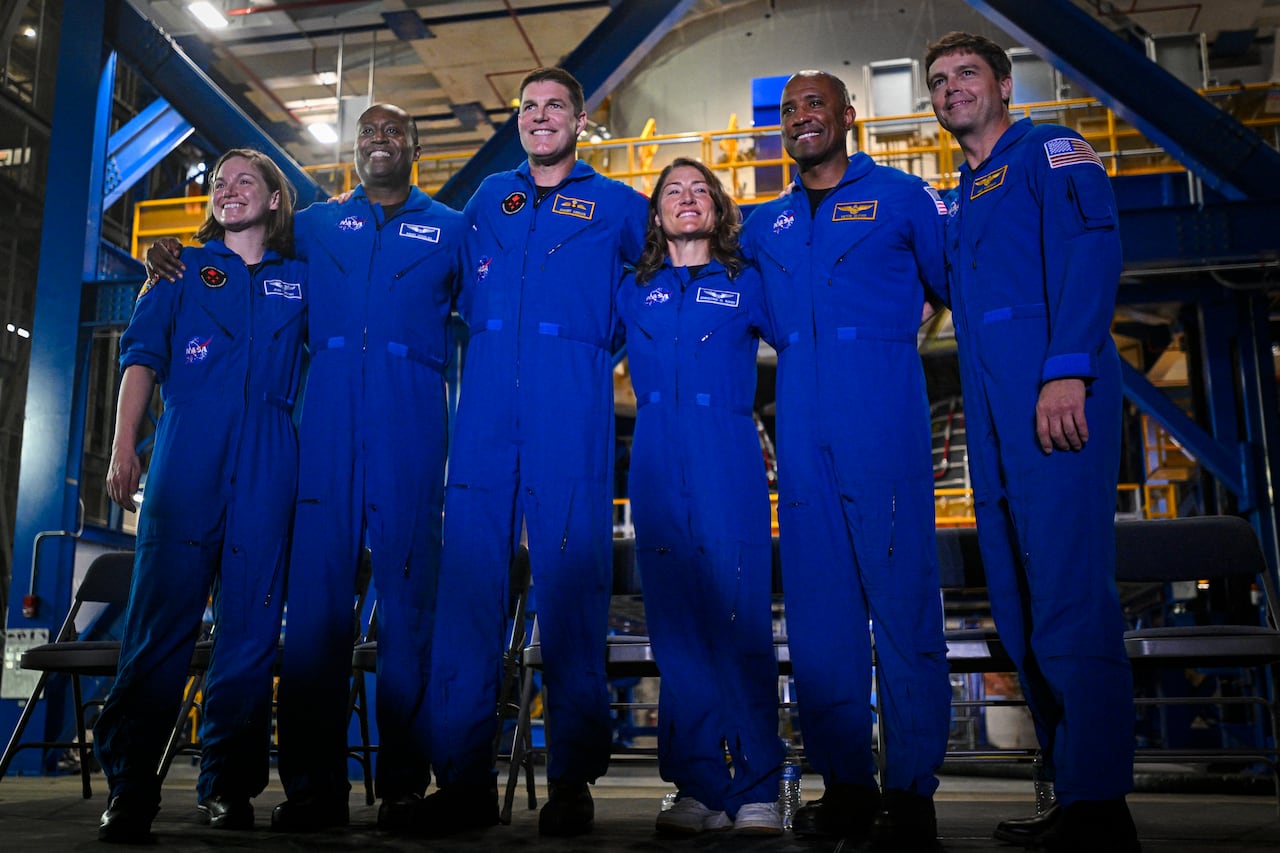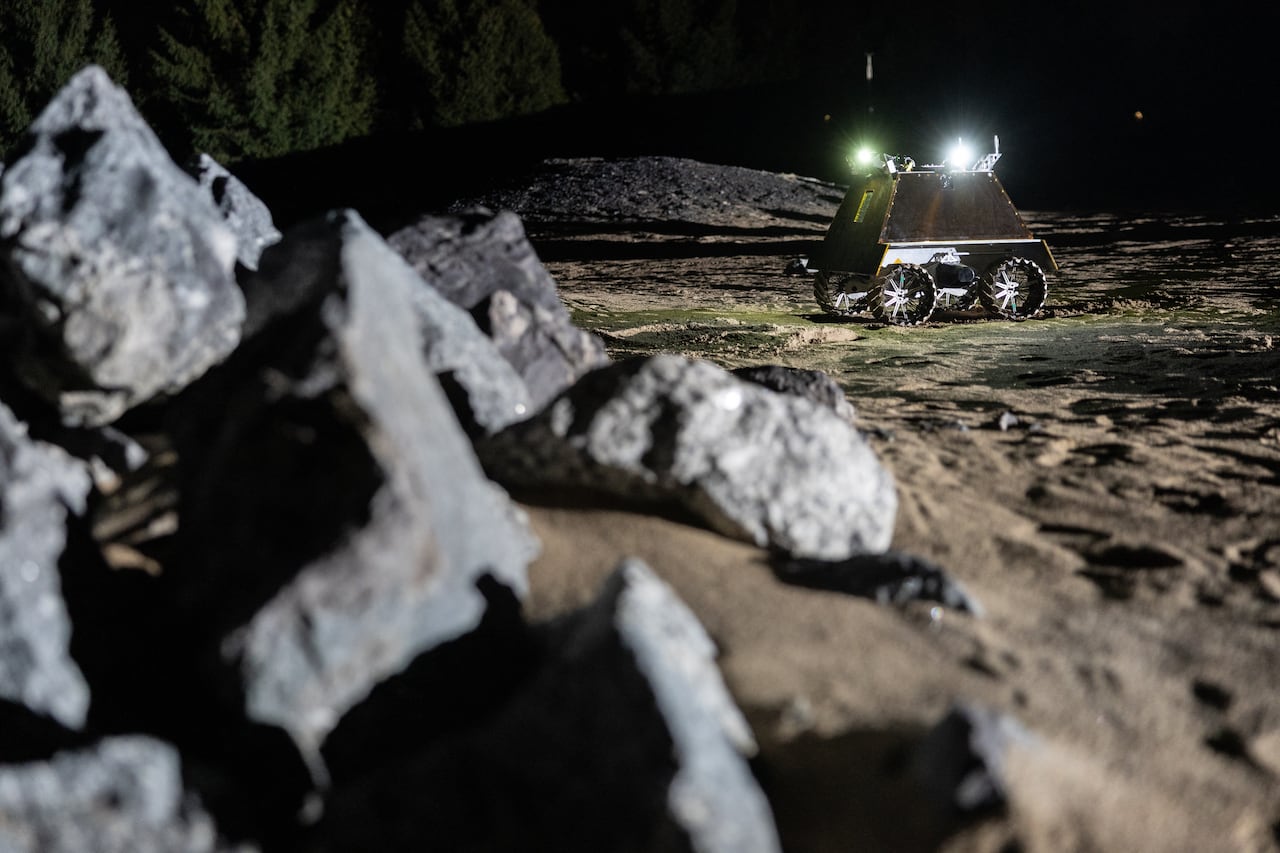Listen to this article
Estimated 5 minutes
The audio version of this article is generated by text-to-speech, a technology based on artificial intelligence.
A tremendous effort is underway at NASA to send humans to Mars and return astronauts to the moon, including the flight of Canadian Jeremy Hanson on Artemis II early next year. Meanwhile, every other research program at the space agency is facing cuts.
The US administration has proposed a 24 per cent cut to NASA’s budget, which would make it the smallest NASA budget since before human spaceflight programs began in 1961. The proposal specifically calls for space science funding to be cut by 50 per cent, and the work force dropped down to a third of its current level.
And while these proposed cuts have not been approved by Congress, a recent report by the U.S. Senate Committee on Commerce, Science, and Transportation says that the space agency has started implementing the cuts anyway, with thousands of scientists already let go from various facilities around the U.S.

The Goddard Space Flight Center, where both the Hubble and James Webb Space Telescope were built, has already closed its physical Institute for Space Studies at Columbia University, laid off hundreds of employees, and — if the cuts continue — plans to cancel 41 planned or already active programs involving climate change or green energy.
The Jet Propulsion Laboratory in California, which builds and manages robotic spacecraft that have visited every planet in the solar system, is also being forced to downsize, and has already laid off hundreds of employees.
Research facilities like these also build satellites that look down on the Earth, providing us with weather forecasts, hurricane tracking, ice loss in the arctic, and more. In fact, just about everything we know about the global changes happening to the Earth is thanks to orbiting satellites and the scientists who analyze their data.
Scientific robots can operate for years in the harsh environment of space, and can be sent on one-way missions to the far reaches of our solar system. It’s these robots, and the scientists who design, build and fly them, who are the real explorers.
But now these eyes on our planet, and beyond, are under serious threat.

Rather than being driven by science, it seems the future of NASA is being driven by politics. In the same spirit of competition between the U.S. and Soviet Union that drove the Apollo missions to land humans on the moon in the 1960s, the current administration wants to beat the Chinese to the moon through the Artemis program.
From a monetary standpoint, it’s far more expensive to send humans into space because they are heavy, require a lot of resources such as air, food, and water, and you have to bring them back alive.
In other words, the technology of human spaceflight is all about survival. Human missions are often mostly about pushing the limits of our endurance, and creating heroes in the process.

The current goal is to land people at the south pole of the moon and build a colony where they can stay and work.
The primary job will be to search for ice believed to be hiding in shadows at the bottom of craters that never see sunlight. Ice is a valuable resource on the moon, as it could provide both drinking water and rocket fuel in the form of hydrogen and oxygen.
It will take a lot of resources and funding to return to the moon. For the upcoming missions, NASA will be flying their giant Space Launch System rocket, which is not reuseable, and costs more than $4 billion US per launch.
The privately-funded Starship is another contender, but it’s still many years away from being ready. Space X still needs to prove that it can not just reach the moon, but land and return home again all in one piece. That spacecraft has yet to make one complete orbit around the Earth.
Once on the surface, a habitat needs to be built, mining equipment installed, ice processing facilities constructed, not to mention regular trips to and from Earth to restock food supplies and change crews.
When all of that is established, and everyone is well fed and happy living on the moon at tremendous expense, will there be any funds and expertise left for them to do scientific research while the astronauts are there?

Big conceptual projects such as generational starships or building a radio telescope on the far side of the moon will require scientific expertise, but it’s exactly that knowledge that is slowly being eroded from NASA research centres.
Once scientists are let go, they take their scientific knowledge with them, and that knowledge isn’t easy to replace.
Despite this, some NASA scientists are being solicited by the European Space Agency, and the new Canadian budget has set aside $1.7 billion to entice scientists to come to this country, so perhaps those future moon colonists will be getting their new instructions from Canada.






